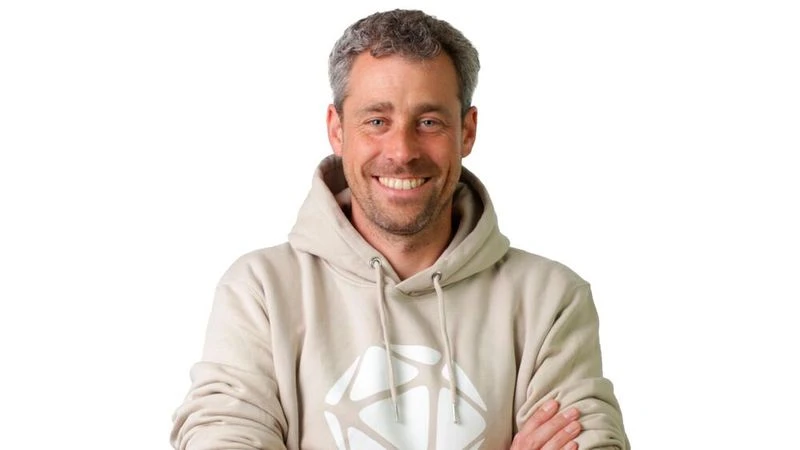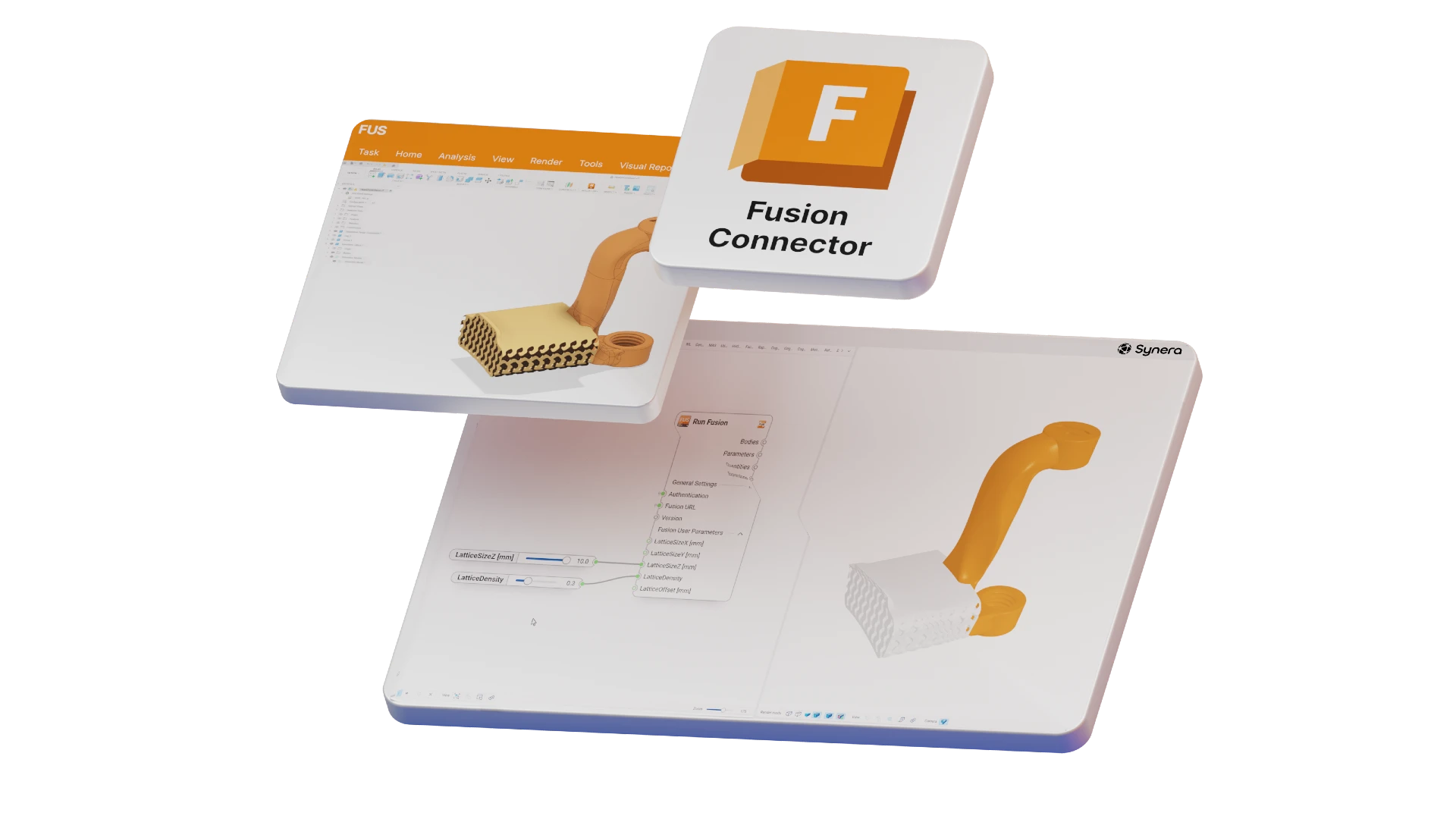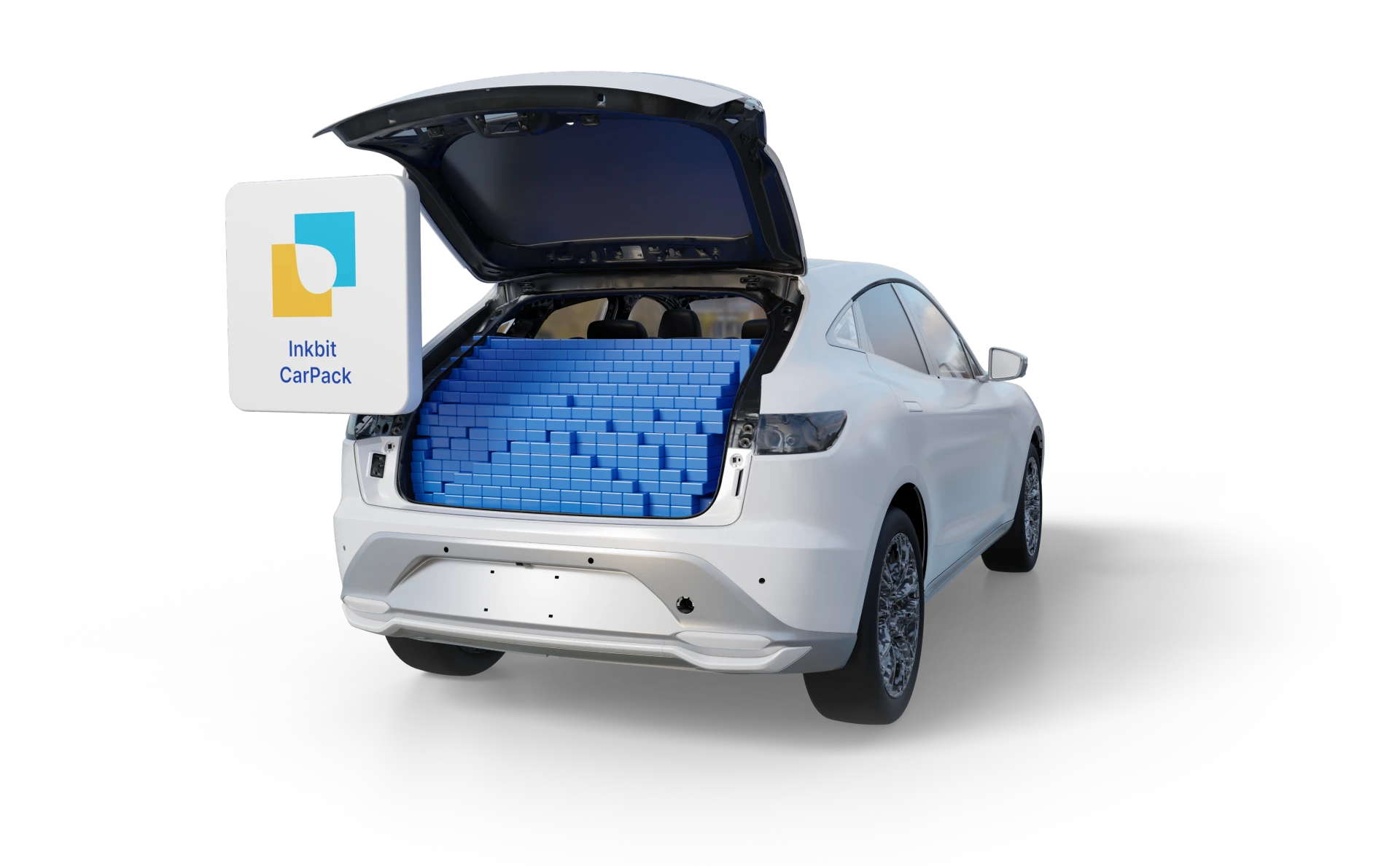How Multi-Agent Systems Transform Automotive Engineering: Key Takeaways from Moritz Maier’s Interview with Automobilwoche Industrie
In a recent interview with Automobilwoche Industrie, Synera Co-Founder and CEO Moritz Maier shared his perspective on how AI, and especially multi-agent systems, are redefining engineering in the automotive industry. As cost pressure and product complexity continue to rise, Moritz Maier explains why digital engineering teams powered by AI agents are becoming essential to stay competitive, particularly in the context of accelerating “China Speed".

The Industry’s Challenge: High Pressure, High Complexity
According to Moritz Maier, engineering teams across Europe feel the same pressure as OEMs and suppliers:
- Costs must decrease
- Development cycles must shrink
- Resources must be utilized more efficiently
— all without sacrificing innovation.
To stay competitive against rapidly advancing Chinese manufacturers, companies must fundamentally rethink their engineering workflows. Digitalization and automation are becoming survival strategies, not optional initiatives.
Why Europe Is Lagging - and How AI Agents Help Close the Gap
Chinese competitors have aggressively adopted digital tools and automation across engineering and manufacturing. European companies, Moritz Maier notes, are technologically strong but too slow in implementation and integration.
The bottleneck is rarely technology itself. Instead, Maier highlights three major barriers:
- Lack of clear goals for AI adoption
- Cultural hesitation and resistance to change
- Missing integration into existing systems and processes
Companies that define their use cases, prepare their data, and actively bring their workforce along the transformation journey see measurable efficiency gains within a short time.
What AI Agents Can Already Do Today
Moritz Maier stresses that engineers still spend large portions of their time on repetitive, manual, and administrative work. AI agents relieve this burden by autonomously performing tasks such as:
- Document creation and reporting
- Data analysis
- Monitoring quality parameters
- Optimizing designs
- Taking over end-to-end workflows in development
This leads to higher productivity, lower development costs, and faster time-to-market.

The Power of Multi-Agent Systems
While single AI agents handle individual tasks, multi-agent systems orchestrate and execute entire engineering processes collaboratively.
Moritz Maier describes them as “an engineering team - just without breaks and without scaling limits.”
By communicating and coordinating autonomously, these systems solve complex challenges across disciplines, drastically reducing cycle times. Tasks previously taking days or weeks can now be completed within hours.
Seamless Integration Into Existing Engineering IT
Most engineering environments rely on decades-old, heterogeneous system landscapes — CAD, CAx, PLM, ERP and more. Synera solves this integration challenge through:
- A low-code platform
- Over 70 connectors to major engineering tools
- Pre-built workflows for direct agent interaction
However, designing workflows still requires engineering expertise. Maier emphasizes that companies must invest in codifying their know-how into digital workflows—an essential step to harness the full power of AI agents.
Engineers Remain the Decision Makers
Despite rapid advances in autonomy, Moritz Maier is clear: "AI does not replace engineers. It augments them."
Engineers benefit from reduced manual workload and more focus on value-adding tasks. At the same time, new skills become critical:
- Technical understanding of AI systems
- Prompt engineering
- Digital literacy
- Ability to evaluate agent outputs
- Working within clear governance frameworks
Humans remain the final authority - responsible for decisions, oversight, and innovation.
The Synera Value Proposition in Three Sentences
Moritz Maier concludes the interview with a concise summary:
- Synera automates complex engineering processes and drastically shortens development cycles.
- Companies gain a digital workforce that thinks and acts like their best engineers.
- The platform integrates seamlessly into existing CAx environments—scaling engineering capacity without proportional cost increases.





